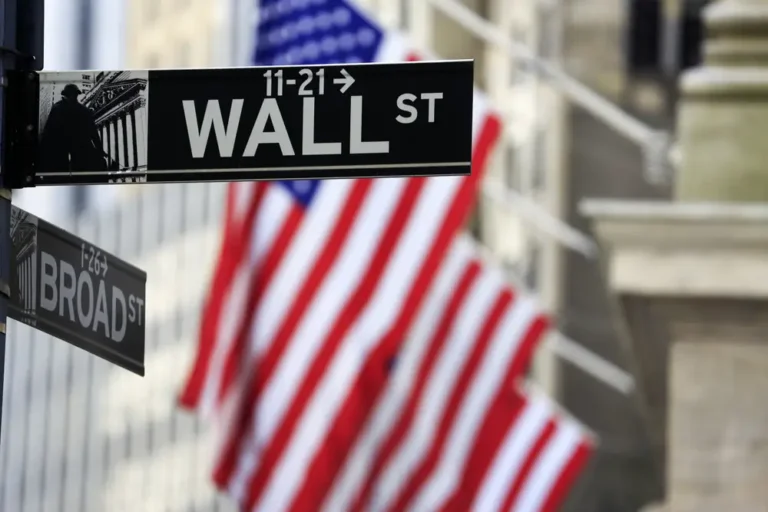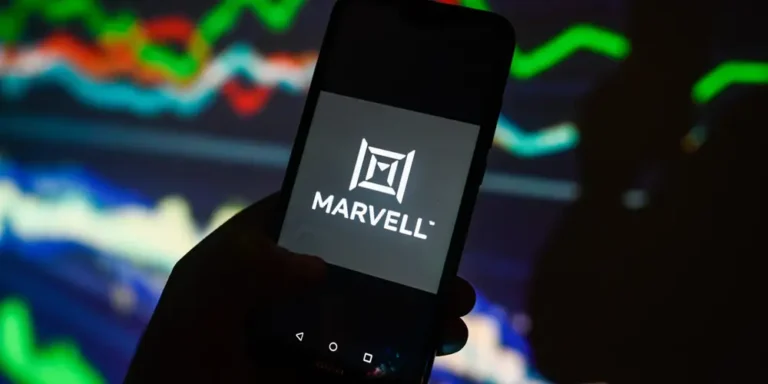The smart money is bracing for a stock-market pullback with 2 options strategies. Why one works better in the current environment.

Some investors are beginning to accept that what goes up must come down.
Demand for downside protection on the S&P 500 is starting to build. As rate cuts begin, attention is shifting away from inflation to concerns over slumped economic growth and a stock market that looks a bit too rich.
There are multiple ways to hedge: short selling, diversifying into uncorrelated assets, buying an inverse ETF, and using options, among others.
But one approach that’s beginning to pick up, with advantages in the current market environment, is hedging S&P 500 downside through options contracts. It’s a sign that the smart money could be beginning to get into positions early to brace for volatility or a pullback, according to Tanvir Sandhu, the chief global derivatives strategist at Bloomberg Intelligence.
It’s a bit of a shift from an environment where investors had just been buying the dip during market pullbacks, he added in an interview.
Annually, the CBOE Volatility Index (VIX) — a measurement of implied volatility — gradually rises starting in the middle of summer and into October. And during election years, that pickup is more pronounced, Sandhu noted.
So far, October’s VIX futures, which cover the election date, have been rising over the last week even though the S&P 500 remains strong. This indicates increased expectations of volatility. On average, investors have gone long on volatility leading up to an election and tend to take profits just before the event, in expectation of volatility fading quickly after, he said at a conference on Tuesday.
Hedging options
A classic hedging strategy is buying calls on the VIX, which gives the buyer the right to purchase the index as its value rises if volatility picks up. Sandhu noted that when the VIX goes down, demand on VIX calls generally increases because there’s more upside potential if it does spike.
Another approach is buying puts on the S&P 500, which gives the buyer the right to sell the index at a set price before the expiration date. The contract’s value rises if the index falls because it allows its buyer to sell at a set price amid uncertainty.
Each option has its pros and cons. The approach that works better depends on how the stock market pulls back. Traditionally, the S&P 500 gradually goes up, with quick pullbacks — like an escalator-up, elevator-down scenario, Sandhu said. But more recently, we have been in an upside-down world, where it’s more like an elevator up and an escalator down because investors keep buying the dip, making pullbacks more shallow, he added. This has somewhat muted volatility and changed its function.
That said, to get a payout from VIX calls, you need a shock-like pullback, where the market sells off, causing the volatility index to spike. So the VIX strategy may not do as well in this type of dynamic, he noted.
Even if it seems cheap to hedge since volatility is low, it can still end up being costly as contracts expire worthless. However, it also depends on your outlook over the next few months.
“When you buy a VIX call option, you are hedging against a tail-risk event,” Sandhu said. “So let’s say the Middle East scenario gets really bad, and there’s a war, Brent goes above $100 a barrel. That’s pretty bad for the financial markets.”
Meanwhile, S&P 500 long-dated put options are a preferred approach for investors expecting a slower downturn because they have a lower cost of carry. You don’t have a contract that expires worthless every month or so, he noted.






